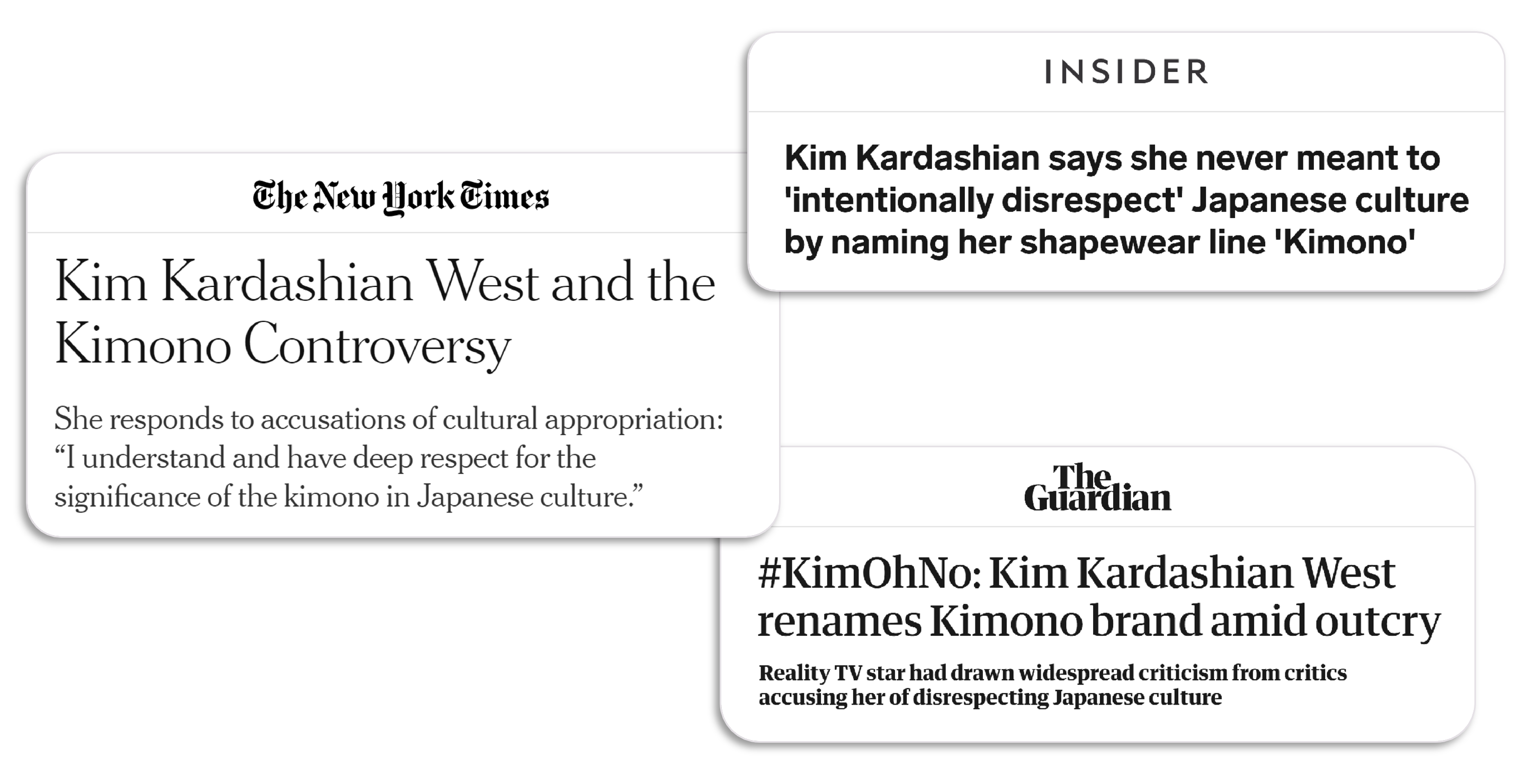
Global vs Local: 5 lessons for international marketers
The marketing landscape since March 2020 has been challenging:
• According to the World Bank, the global economy shrank by 4.3% in 2020 – with every region bar China grappling with smaller economies
• E-commerce is surging – but with significant brand disruption and shorter buying cycles leaving little room for error
• Digitisation has accelerated by several years, leaving some categories scrabbling to catch up
• Covid has driven dramatic growth in some categories, created new sectors, yet wreaked havoc in others
Against this background, Oban hosted a webinar to discuss how brands can maximise post-pandemic opportunities. Our panel included international marketers from a range of sectors – financial services, B2B, travel and logistics – all transacting across multiple markets, languages and cultures. The panel discussed three giant challenges facing international marketers:
-
- How do you build cultural relevance across borders?
- How do you avoid making cultural marketing mistakes?
- How do you scale rapidly across borders?
Here’s a summary of the key lessons which will help marketers respond to these challenges.
#1: Use Local In-Market Experts
The panel were inspired by a quote by Kevin Plank, founder and CEO of Under Armour, who said: “Brands are all about trust. That trust is built in drops and lost in buckets.” To gain trust, businesses need to reflect the cultural and linguistic nuances of their target markets. There is no substitute for using local in-market expertise to gain insight and understanding into how each market behaves. Local In-Market Experts can help you:
• Research your local competitors and how they communicate
• Check that your brand proposition resonates in market
• Adapt your website to meet local UX expectations
• Ensure that payment and delivery options meet local expectations
• Localise your keywords – as opposed to simply translating them
• Culturalise your best performing content
When brands expand into new markets, there is always the possibility of making costly and embarrassing mistakes – such as when Kim Kardashian’s shapewear collection Kimono was slammed for disrespecting Japanese culture, or when Clubhouse audio app faced potential legal difficulty for not having a local language privacy policy in some markets. Using a Local In-Market Expert to inform or check your strategy can help you avoid those mistakes.

Examples of the negative press coverage Kim Kardashian recieved over the name of her shapewear brand ‘Kimono’.
One of our panellists, representing a leading global attractions business, gave an example of how on-the-ground insight prevented potential embarrassment. They were planning to use the strapline ‘Get blown away in the Windy City’ for their Chicago operation – before a locally-based team member pointed out, in the context of Chicago’s gun crime statistics, how inappropriate that would be.
#2: Use data to guide decisions – avoid assumptions
Our panel were unanimous: let data guide your international expansion efforts and avoid falling into the trap of relying on assumptions – which may be lazy or misplaced – about other markets.
Our panellists’ tips included:
• Cluster markets together to identify commonalities BUT:
• Don’t assume that countries which are geographically near each other are always similar – for example, China and Russia are neighbours but are totally different
• Conversely, countries which are far apart can have surprising commonalities – for example, UX research for Dell clustered India and Brazil for one design treatment, since the two markets shared similarities in UX preferences
• Remember, what works in one market might not in another
• Focus on where you can get the best ROI before expanding further
• Look at your content exactly how your customers do – for example, if a majority are on a mobile device, view your content on a mobile too to see how it looks
• Use the 80/20 rule – that is, focus the bulk of your efforts on the larger, simpler markets which speak major languages, as these will deliver the most impact
#3: Test then invest
Our panel agreed that, when entering a new market, the best approach is to start through small tests – and then rolling out what works, continually refining and expanding your tests. Other insights included:
• Paid media allows you to scale up and down rapidly – though be mindful of the impact that too many changes can have on Quality Score
• Set up granular paid search campaigns which capture linguistic nuance to maximise impact
• Use international expansion to drive better CPAs by running activity in markets where it’s cheaper to run paid search campaigns
• Understand the size of each market opportunity – including the number of competitors, the cost of customer acquisition in each market, and the value of each customer in each market
• Focus on the markets which offer the best ROI, and exhaust market opportunity in those markets before expanding
• Use marketplaces – such as Amazon and Taobao – for fast market entry and lower risk learning
• It’s better to do fewer markets well than lots badly – don’t spread yourself too thinly, in either markets or platforms
#4: Avoid auto translation
Investing time in understanding audience intent, and not simply translating English keywords, was a key theme throughout the webinar.
For example, one of our panellists works for an international parcel delivery aggregator. He pointed out that, in the UK, their two most relevant keywords are ‘sending’ and ‘parcels’. Yet their equivalents in their biggest market – the US – are different: ‘shipping’ and ‘packages’. Assuming that English-speaking markets use the same terminology would, in this example, have led to missed opportunities. That’s why businesses should always use in-market keyword data.
Recently, Amazon attracted media attention when it appeared to use machine translations on parts of its Swedish website. For example, a greetings card depicting a duckling in a field was named söta-ansikte-kuk or ‘sweet-face-dick’, whilst knitted egg warmers depicting chickens were advertised as hand-knitted penises – since the word ‘chicken’ had been auto-translated as ‘kuk’, likely via the English word ‘cock’, which refers to poultry as well as being a slang term. Using native language speakers based in market to carry out or at least check localisations would have avoided these awkward translation fails.
#5: Culturalisation is the key to success
Culturalisation goes a step further than localisation – by making sure that content is culturally-appropriate and truly meaningful to customers in a target market. All our panellists agreed that culturalisation is ultimately the way to deliver the biggest impact. This needn’t be daunting: often, it’s as simple as minor changes to your offering which, cumulatively, will make users recognise, like and trust you more.
. . .
To find out how Oban’s network of Local In-Market Experts can help your business make the most of post-pandemic international marketing opportunities, please get in touch.

Chloë McKenna | Director of New Business
Oban International is the digital marketing agency specialising in international expansion. Our LIME (Local In-Market Expert) Network provides up to date cultural input and insights from over 80 markets around the world, helping clients realise the best marketing opportunities and avoid the costliest mistakes.